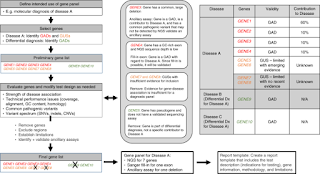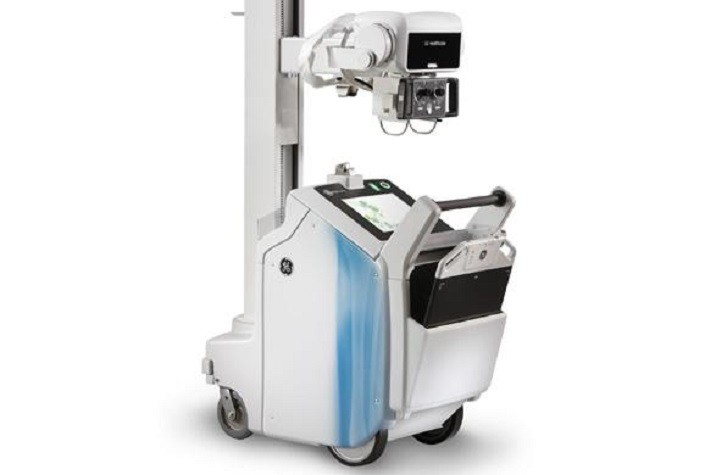Genetic modification therapy incorporates a functional gene into a cell-based therapy. The genetic modification generally occurs outside the body, but the resulting genetic change to the patient's DNA is permanent. The active payload comprise of the gene encoding for production of the therapeutic protein and gene controls that regulates production of the therapeutic gene. The vector, which may be either non-viral or viral, delivers the gene and gene control payload to the cells which are to be genetically modified. The most common cell types include T cells, and HSCs. Genetic modification has brought a milestone into medicine. Genetic modification is very crucial in treating severe diseases.
Download Sample PDF Of Genetic Modification Therapy
Gene therapy gathered pace over the past couple of decades due to the rapid discovery of large numbers of genes which are mutated in a variety of diseases. Such diseases may be inherited diseases caused by single gene mutations or polygenic, complex disorders where many genes are mutated or their expression is affected. Gene therapy, can treat inherited diseases by providing a fully functional, “wild-type” copy of the gene which can recapitulate the functions required in the cell. However, in complex disorders such as cancers, gene therapy is often synthetic in strategy, wherein novel genes, such as suicide genes or tumor suppressors may be introduced into the tumor to selectively kill the cancer cells, or reprogram immune cells in the body to target the cancerous tissue.
Progress in the therapeutic efficacy of gene-modified cell therapies across a spectrum of both preclinical models and clinical trials has renewed optimism in these much-anticipated next generation of “drugs.” Advances in genetic engineering now make development of these therapeutic cells more accessible to scientists—allowing for their wider adoption, more fine-tuned development, and ultimately, more diverse application. This special Cytotherapy Issue highlights the rapidly expanding field of gene-modified cells for therapy of a variety of malignant and non-malignant disorders.






